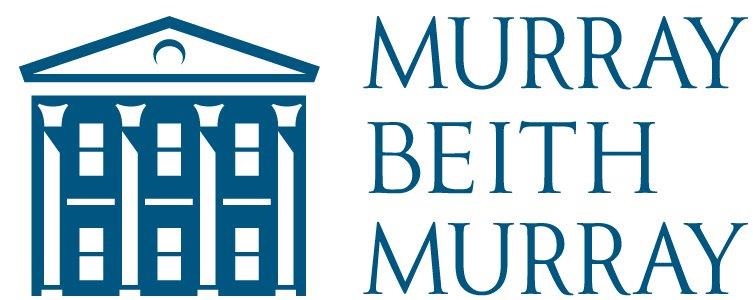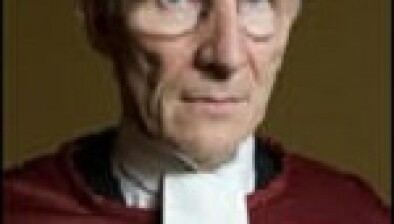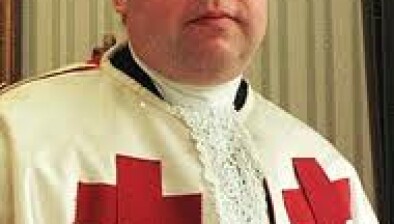Peter Shand: Art could put you in the frame at HMRC

Peter Shand
Peter Shand discusses the tax implications of owning and collecting art, including Inheritance Tax (IHT) and Capital Gains Tax (CGT), and emphasises the importance of tax planning and professional advice for art collectors, whether their collection is vast or modest.
Lawyers often pose unexpected questions to their clients, but here’s one that might surprise you: what do you, King Charles III and David Bowie all have in common?
The answer could well be that you all love and collect art, albeit the similarities might come to a shuddering halt at that point. And whatever you have hanging on your walls sparks my professional interest as you could be facing hefty tax bills because of your treasured possessions.
Bowie was a prolific art collector and on his death, his collection raised £33 million for his estate, which was more than enough to meet his IHT liability. Let’s not forget that works of art are also subject to CGT if you sell them, unless of course you are the reigning monarch, who is not legally liable to pay such taxes. That’s just as well for King Charles, as he reputedly owns the largest private art collection in the world.
You might feel that the tax implications of world-renowned art collections are somewhat remote from the few items scattered round the walls in your house, but don’t forget there have been changes to the CGT allowance kicking in this tax year. Your very own paintings and collectibles might land you in tax trouble without proper advice. The annual CGT allowance has been slashed from £12,300 to £6,000 and from tax year 24/25 it will sit at a paltry £3,000 – the lowest it has been since 1981. You don’t need to own da Vinci’s Salvator Mundi, sold in 2017 for $450 million (around £352m), to be caught in a tax trap, when artwork passes hands.
Art has, first and foremost, an aesthetic value but once HMRC gets involved, it also inherits a monetary one. Don’t be fooled into thinking the tax authorities aren’t interested in art, as HMRC actually has a specialist unit dealing with it. Clients are often surprised that paintings, prints and porcelain need as much tax planning as pensions or property portfolios. HMRC has investigative powers, and we live in an anti-avoidance world, so the onus is on you to disclose. Art that has mysteriously disappeared on death often resurfaces in an audit trail.
It is possible for executors to gift art in lieu of IHT if the estate is lucky enough to include pre-eminent works that have historic, artistic, scientific or local interest. Gifts of pieces to charity are also exempt from IHT.
There is also an onus on casual collectors to get their affairs in order and cataloguing what you have is crucial. There is plenty of online support highlighting what details you need to record but these include the artist’s name, title and date of creation, measurements, condition, a short description of the piece and the invoice if possible. High quality photos also help, not least for insurance purposes.
As ever when dealing with estates your lawyer will always advise sorting out as much as possible before you die and communication of who gets what within a family unit can bypass a myriad of issues. The value of professional advice cannot be overstated.
Interest in art is on the up and TV programmes such as Britain’s Lost Masterpieces might encourage us to look anew at what we own. Perhaps an undiscovered masterpiece is lurking on a wall near you.

Peter Shand is a partner of Edinburgh law firm, Murray Beith Murray and the owner of a gallery in Aberdour, Fife. This article originally appeared in the Scotsman.








